Keep your ceramic cooker top looking like new with these 5 expert cleaning tips
Take control of your ceramic cooker top cleaning with these easy-to-follow, must-know secrets from professionals
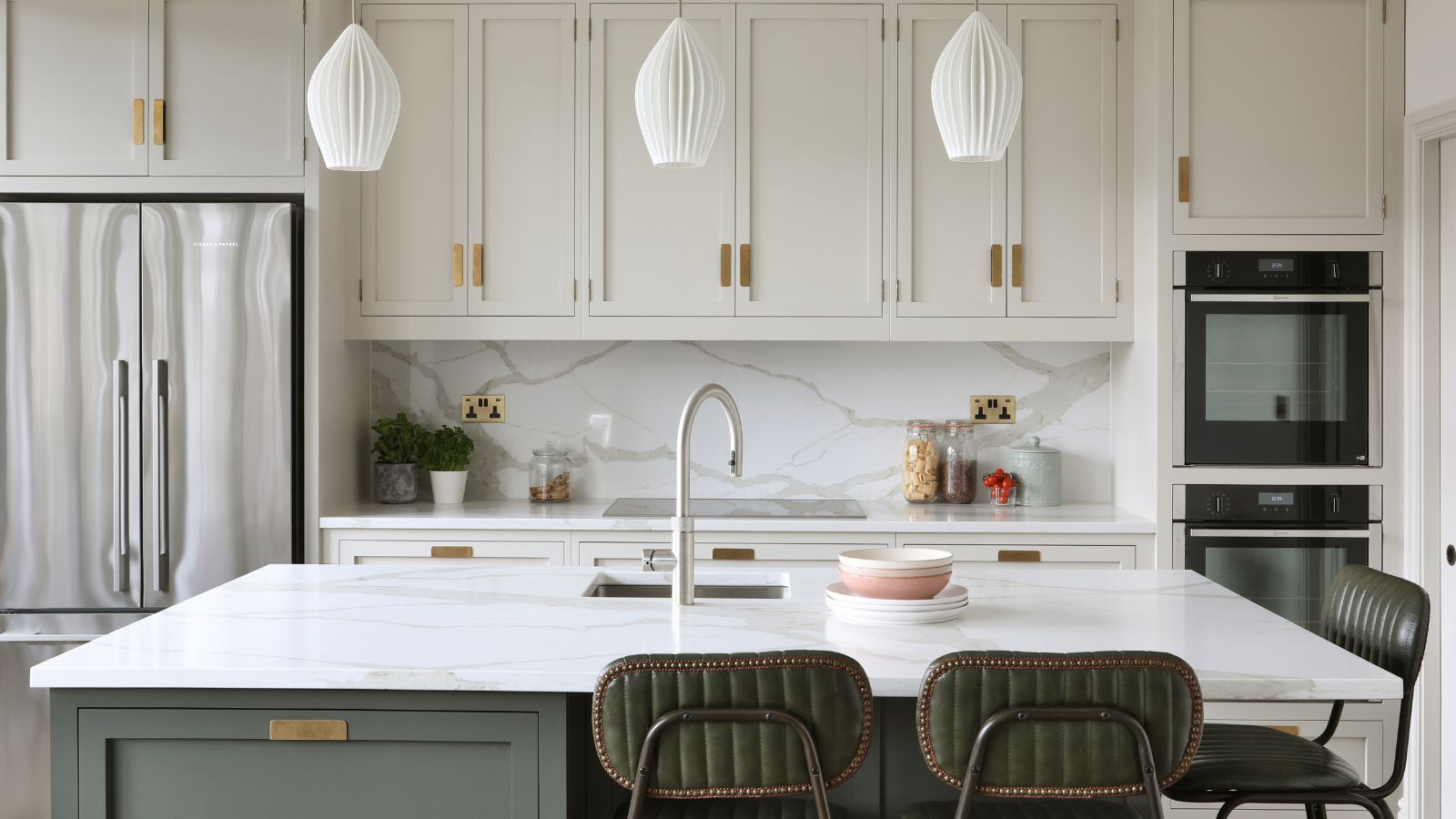
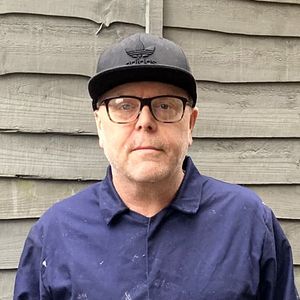
Your ceramic cooker top will never stay shiny or look like new unless you look after it. But you need to make sure that you are using the right cleaners and tools to keep it at its best. Get it wrong, and you won’t get rid of the grease and grime, and you’ll end up permanently scratching the surface.
Regularly cleaning your oven is one simple way to keep your cooker top sparkling clean, but it's not always that simple. Grease and grime can still build up, and spills can quickly burn into the surface, making them difficult to remove. So you’ll need to know how to banish them.
Here are some smart pro tips from those in the business to ensure your hob stays smooth, clean, and scratch-free.
Pro tips for a spotless ceramic cooker top
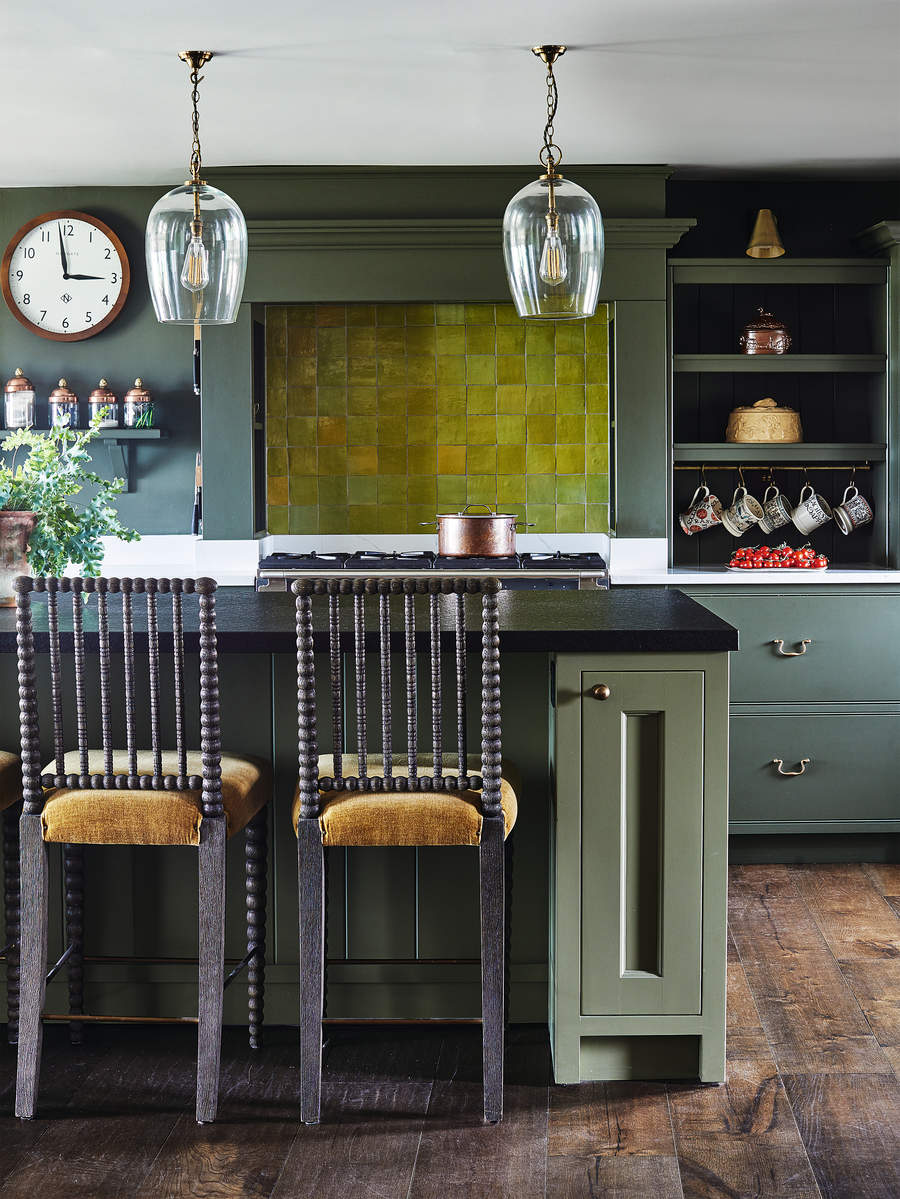
Whether you’ve got a sparkling brand new ceramic cooker top or an old dirty one, both will need to be cleaned and kept clean to look and work at their best.
Rhonda Wilson, Quality Lead Cleaner at FreshSpace Cleaning, offers her essential tips (including a few that you probably never thought of) to tackle everyday cleaning and not-so-pleasant tough baked-in grease and grime:
1. Simple everyday solution
'Gentle cleaners like dish soap (I use Dawn from Walmart) and warm water are best for everyday cleaning. Tap water, especially the hard kind, can leave marks, so instead, use distilled water to prevent mineral deposits or streaks on the surface. Grab a soft cloth or a gentle sponge, dip it into the mix, wipe, and let it sit before scrubbing. Rinse with clean water and dry it with a soft cloth'.
2. Vinegar and Water
'Because of vinegar’s acidity, it’s good at getting rid of kitchen grease and grime without being too harsh. Pour equal parts vinegar and water, and if you want, you can add a few drops of essential oil for a nice smell,' Wilson explains. 'Spray this solution on the surface and use a microfiber cloth to wipe it in a circular motion. If there’s any stickiness or residue left, wipe it with a damp cloth and then dry it with a dry microfiber cloth. It’s better to spot clean spills right after cooking.'
3. Specialist cream cleaners
'If you don’t want to go the DIY route, cream cleaners are the way to go. They are all made to handle tough stains and grime without scratching the surface.' And the best bit is, 'They leave a protective layer to prevent future messes.'
But what happens when you have a hard-to-reach area? 'For those tricky spots, an old toothbrush works. And, after scrubbing, rinse off any residue and polish with a dry microfiber cloth.'

Get extra scrubbing power to remove the worst, burned-on messes without scratching. Includes a multi-action scrubbing pad
4. Dishwasher tablets
'Dishwasher tablets are cleaning powerhouses packed with enzymes, surfactants, and mild abrasives,' says Wilson. 'Grab a regular, unscented dishwasher tablet, wet it under warm water for a few seconds, and then gently scrub the stained or burnt-on areas. The mild abrasives in the tablet will help lift and break up the residue without any scratching.'
5. Shaving cream
'The stuff in shaving cream that makes it foamy is really good at breaking down oils and dirt, so it’s perfect for getting rid of kitchen grease and food residues. The foam helps to lift dirt off the surface, while the emollients leave a little conditioning layer on the cooktop, helping to keep it looking shiny.'
But what type of shaving cream should you use? 'I suggest you get plain, white shaving cream without fancy additives,' says Wilson. 'Spread evenly, let it sit for 15 minutes, then wipe it away with a damp cloth. Polish with a dry, lint-free cloth.'

Rhonda has been part of the team at FreshSpace Cleaning since 2019, bringing more than 20 years of experience in the cleaning industry.
FAQs

Why do I need to keep my pan bottoms clean?
How does a ceramic cooker top get dirty? There are a few obvious reasons: oil spray from cooking, splatters from sauces, and spills from boiling water. These can transfer to the bottom of a pan and, in turn, back to the cooker top, especially oil and grease.
It's not critical that you clean your pan bottom after every use, but a regular scrub with a scrub sponge like this Scrub Mommy Dish Scrubber from Walmart, and dish soap will mean less effort and time down the line. For more stubborn marks and stains, you can use a stainless steel scrubber with dish soap.
A mixture of baking soda, salt and dish soap, left on the bottom of a pan for 10 minutes (leave longer if needed) is another good way to help remove dirt and grease. Again start with a scrub sponge and use a stainless steel scrubber for the stubborn areas.
What can damage a ceramic hob?
"The first thing to be aware of is that the wrong cookware can damage your cooker top," explains Ken Doty, COO/Cleaning Expert at The Maids. 'Try to use cookware that is made from aluminum, titanium or stainless steel. Iron and porcelain cookware can end up causing long-term damage via scratching. Don't drag any of your utensils across the cooker top to avoid scratching as well.'
Doty recommends that you don’t, 'Put too much pressure on the cooktop in combination with heat. This can cause cracking or outright shattering of the cooktop. Handle all cookware with extreme care and treat your cooktop extremely delicately.'
Another issue that can damage a ceramic cooker top is the buildup of grease from the bottom of the pans. Doty suggests, 'Use an all-purpose cleaner as those marks can become very hard to remove if they are left to sit too long. Avoid using cleaning pads that have harsh material, and always opt for a cloth or soft sponge. Metal pads will cause irreversible damage to your ceramic cooktop'. His final advice is to 'Approach your ceramic cooktop with extreme care in all aspects of cooking and cleaning.'
Keeping your cooker top clean is just one part of keeping your kitchen clean. Check out our How to clean a broiler and How to organize cleaning supplies guides to make sure your kitchen is the pride of your home.
Sign up to the Homes & Gardens newsletter
Design expertise in your inbox – from inspiring decorating ideas and beautiful celebrity homes to practical gardening advice and shopping round-ups.

Steve has been a homes writer and editor for two decades, regularly contributing to brands like Homebuilding & Renovating Magazine. He is an avid DIYer with over 20 years of experience transforming and renovating homes. He specializes in painting and decorating but has strong all-around building skills, having worked in the industry for ten years.
-
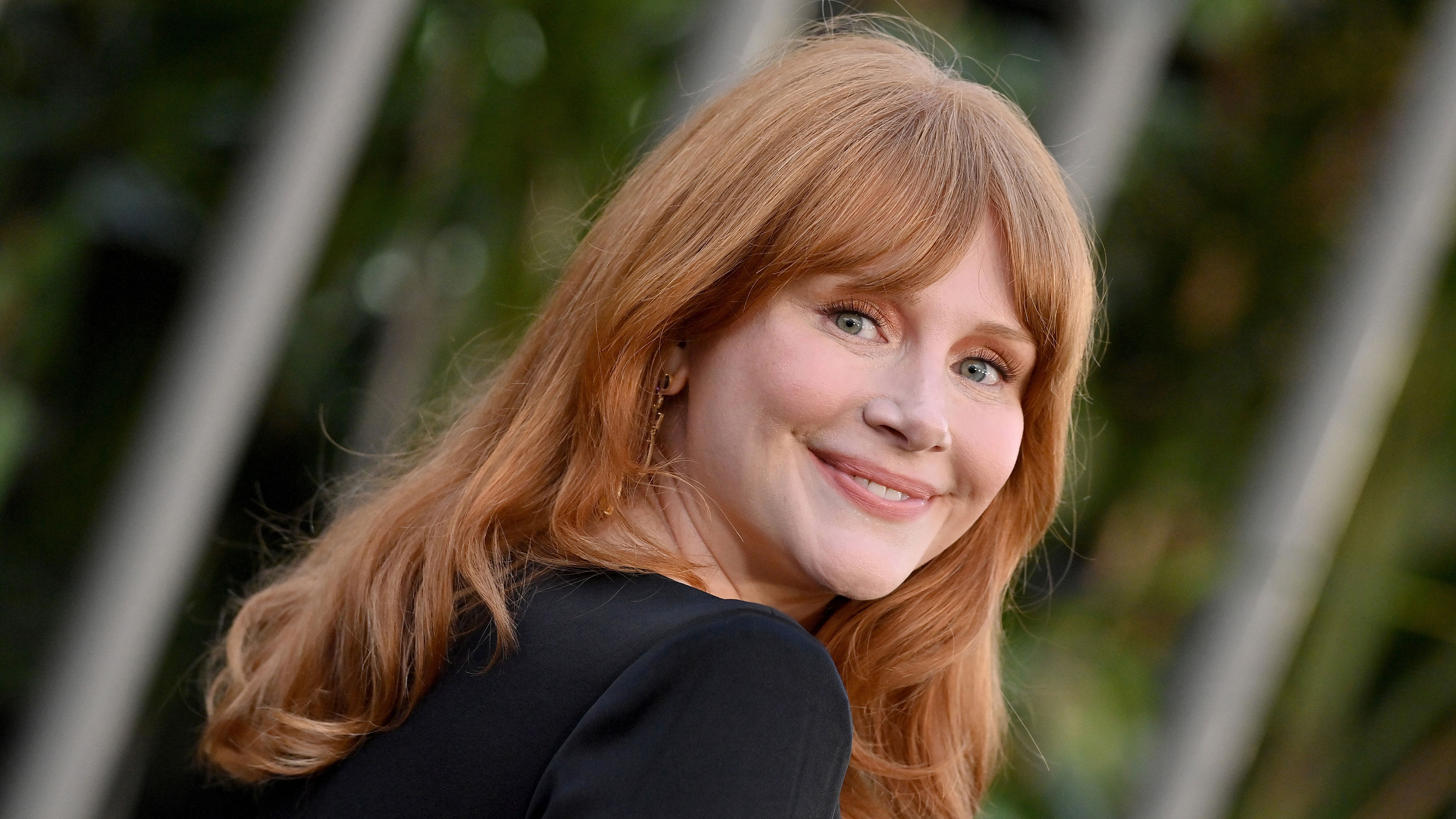 Bryce Dallas Howard's bedroom is the most creative, social space in her entire home – she uses 'conversational seating' to create a multifunctional 'salon'
Bryce Dallas Howard's bedroom is the most creative, social space in her entire home – she uses 'conversational seating' to create a multifunctional 'salon'The actress's bedroom doubles as a home office thanks to its clever layout and furnishings, proving that this area is much more than a sleep space
By Hannah Ziegler
-
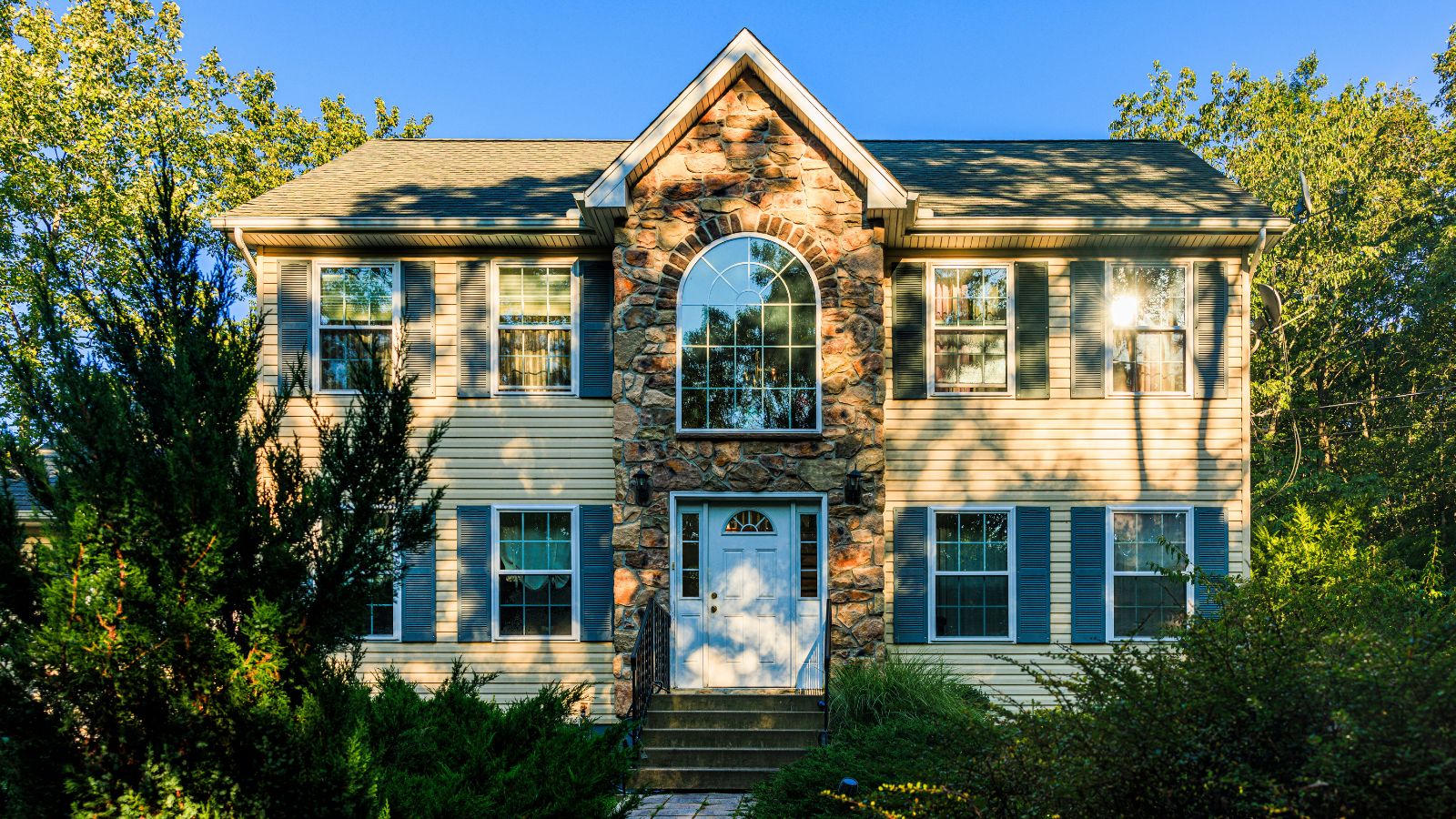 7 questions to ask yourself before moving house – realtors promise answering these questions will prevent buyer's regret
7 questions to ask yourself before moving house – realtors promise answering these questions will prevent buyer's regretDon’t make your move harder, ask these questions before moving to avoid mistakes
By Chiana Dickson
-
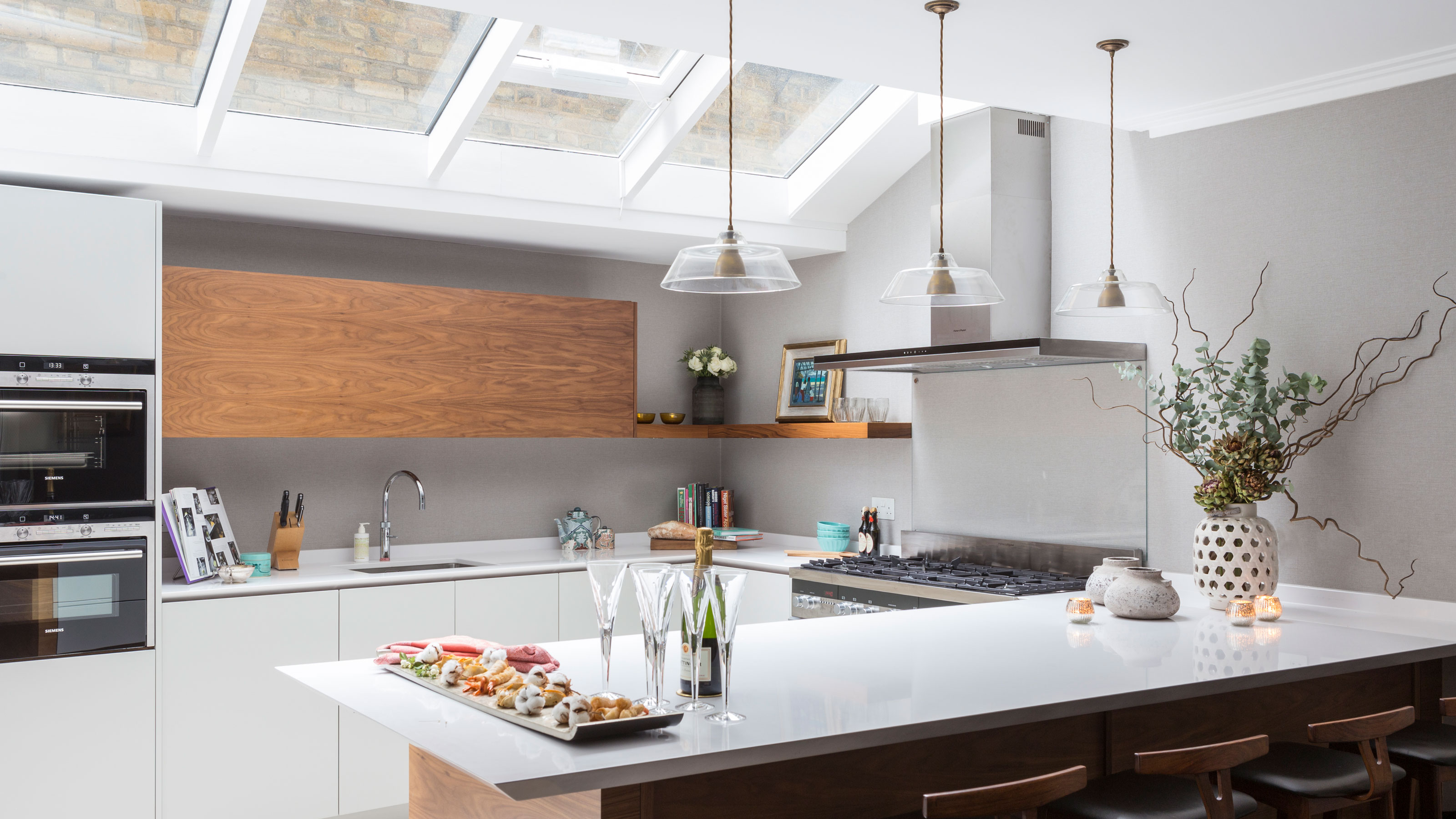 Can you microwave cardboard? Experts and chefs share whether it's safe, and what to do instead
Can you microwave cardboard? Experts and chefs share whether it's safe, and what to do insteadMuch of our food comes in cardboard packaging, but how safe is it to reheat it in the microwave?
By Dan Fauzi
-
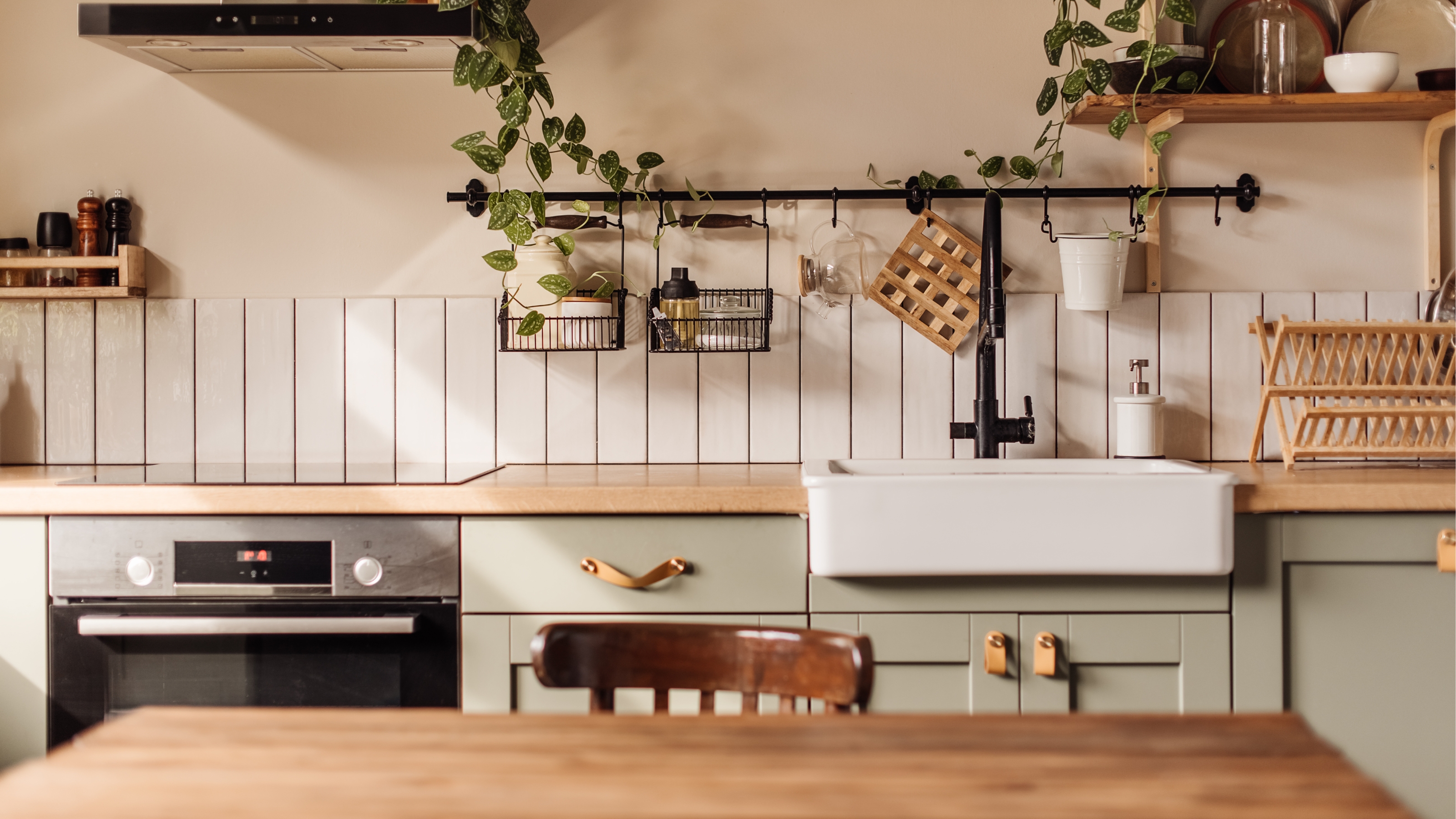 How to wrap kitchen cabinets yourself – to get a fresh look for less
How to wrap kitchen cabinets yourself – to get a fresh look for lessLearn to wrap kitchen cabinets to quickly transform the look and feel of your kitchen. Here the experts tell you how
By Steve Jenkins
-
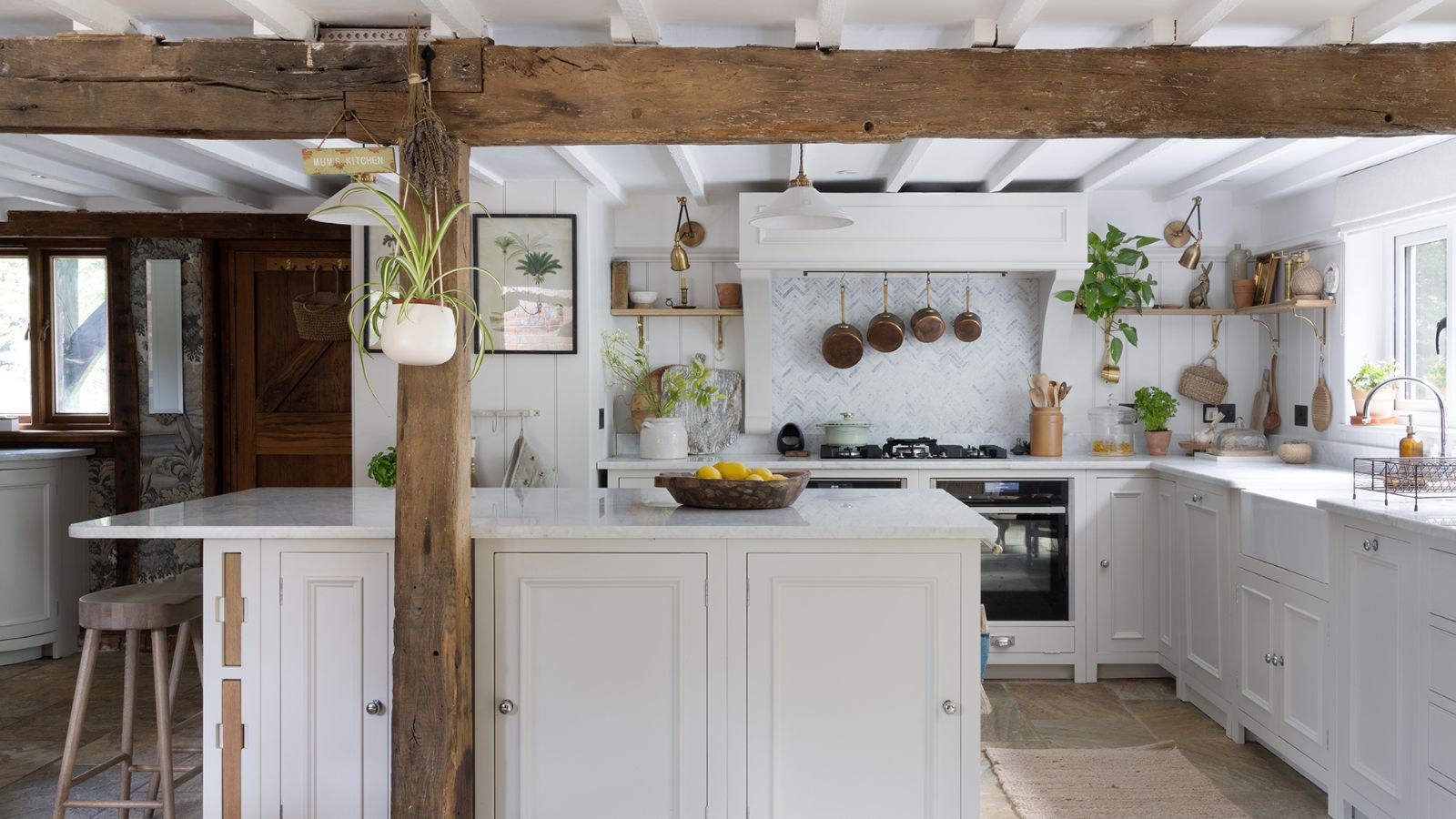 Should you buy a used kitchen? Experts weigh up the pros and cons
Should you buy a used kitchen? Experts weigh up the pros and consPurchasing a preloved kitchen for your home renovation could save you some serious money, but it's not without its potential pitfalls
By Thomas Litten

